My Favourite Painting: Guy Hills
'The large canvas encapsulates an era of elegant élan, of modernity and jazz that makes you want to jump in and join the party.'
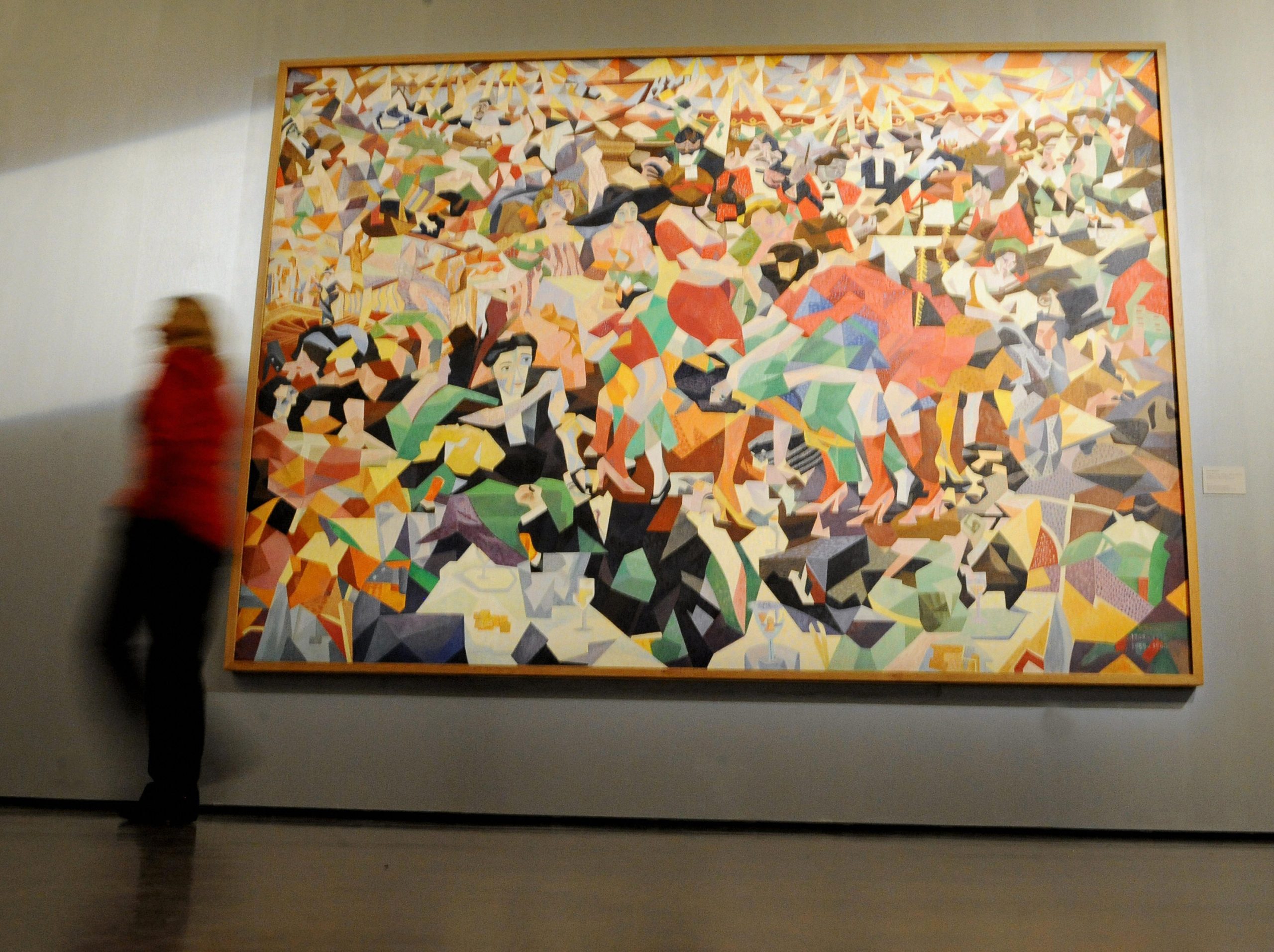

Guy Hills chooses The Dance of the ‘Pan Pan’ at the Monico by Gino Severini
'I absolutely love the vivacity of this painting. The large canvas encapsulates an era of elegant élan, of modernity and jazz that makes you want to jump in and join the party. You can feel the pulsing rhythm of the band as the dancers bop with wild abandon, fragmented into a riot of staccato tones that vibrate in their juxtaposition. Colour and joie de vivre, which we all need, are the essence of Dashing Tweeds.
'Our weave designs take inspiration from life and art; there is an art in living thoroughly and Severini has captured this to perfection.'
Guy Hills is a photographer and the founder and creative director of the fabric and fashion company Dashing Tweeds
John McEwen comments on Severini and The Dance of the ‘Pan Pan’ at the Monico
Italian Futurism was inspired by the 20th-century’s electrification of cities, travel and industry. Later, it included politics, which led to an association with Fascism, giving its artists an unfairly bad name.
Severini wrote that its leader, the poet Filippo Marinetti, was solely to blame, although he had reluctantly signed Marinetti’s bombastic Futurist Manifesto in 1909. His crucial influences were French Impressionism and Italian Divi-sionism (notably, colour specialists Seurat and Balla); as were those movements and artists, he was ultimately indebted to the French chemist Michel Chevreul’s book On the Law of Simultaneous Contrast of Colours (1839).
Severini was born in the Tuscan hill-town of Cortona, to which he gratefully ascribed his rugged determination. His upbringing was cash-strapped, although his father was a civil servant (lowest grade) and his mother Cortona’s best dressmaker.
Following educational ostracism for stealing exam papers, his mother took him to Rome. He made friends with a coming Futurist, Umberto Boccioni, and was financially helped to study art by a Vatican prelate from Cortona, despite his non-attendance of church.
Cortona forged Severini’s character; moving to Paris transformed his art. He was befriended by Picasso, whom he described as ‘cultured, refined, and caustic under his warm-hearted exterior’ and whose ‘affirmation of freedom’ was to ‘sustain’ him throughout the rest of his life.
Severini described this depiction of a Paris dancehall as a ‘uniquely musical picture’. The poet/critic Apollinaire, in his 1912 review of the first Futurist Exhibition in Paris, called it ‘the most important work to come from a Futurist brush to date’. The central dancers in red, Nanette and Liette, perform the Argentine Pan-Pan, as customers at tables surround the floor and the band plays at the back.
Sign up for the Country Life Newsletter
Exquisite houses, the beauty of Nature, and how to get the most from your life, straight to your inbox.
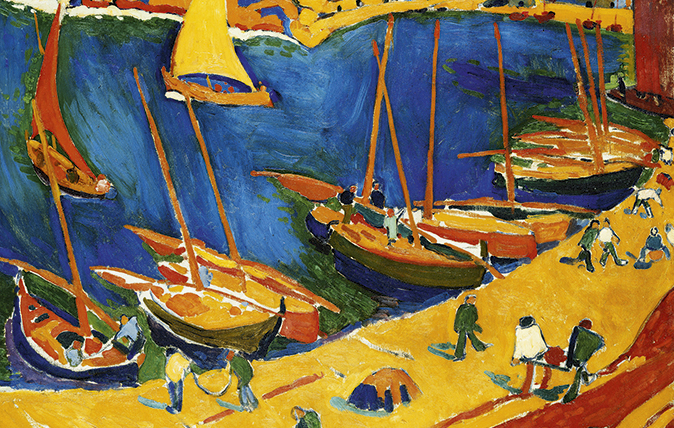
My favourite painting: Peter May
'Vividly coloured sailing boats in a harbour, which I gazed at for hours'
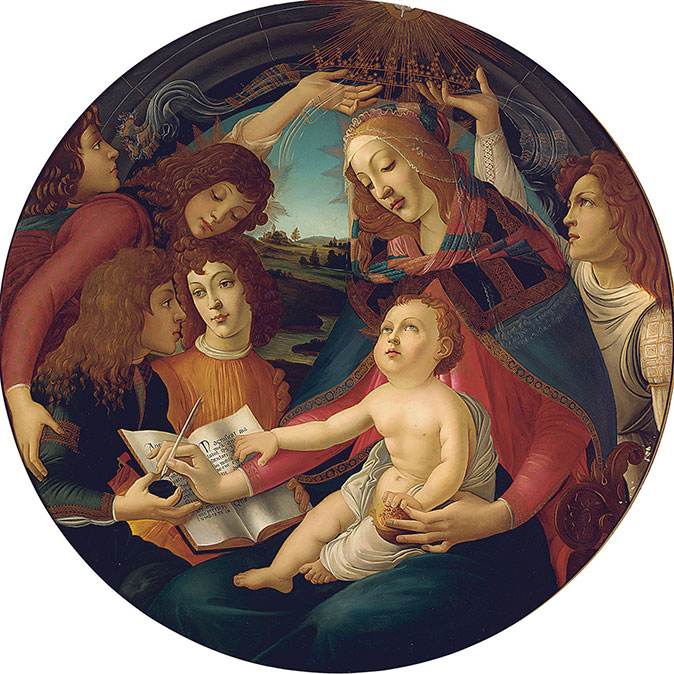
Credit: Bridgeman Images
My favourite painting: Mark Price
'The picture reminds me of her: I swear she is an angel.'
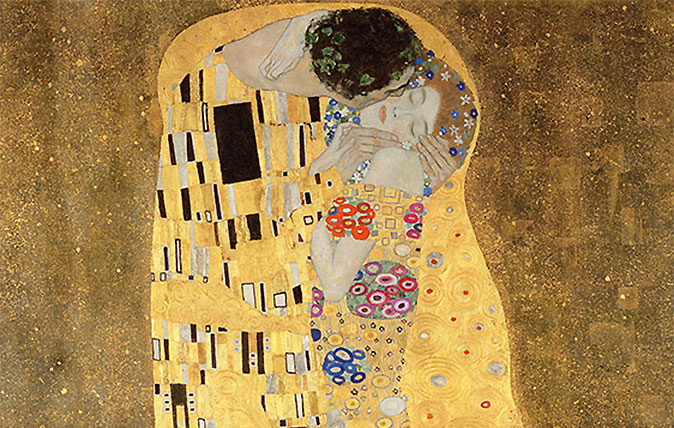
Credit: The Kiss - Gustav Klimt
My favourite painting: Danielle Steel
Danielle Steel, the world's top-selling fiction writer, admits that 'Klimt stole my heart' with this wonderful work.
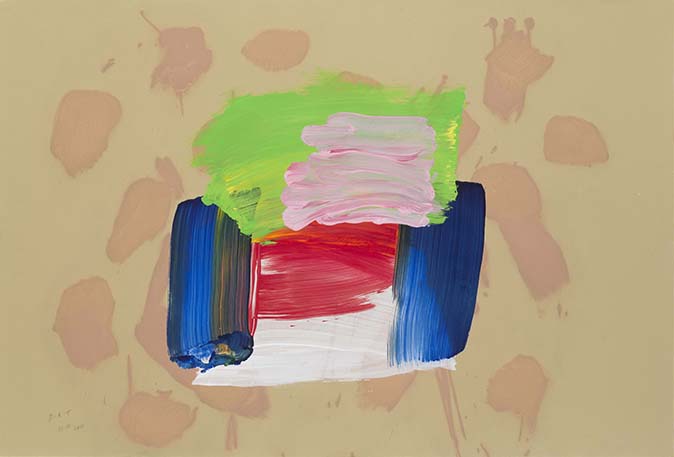
Credit: Courtesy of the artist’s estate/Alan Cristea Gallery
My favourite painting: Roger Wright
'Its typically powerful brushstrokes and juxtaposed gorgeous colours give a heart warming and evocative sense of fun and nostalgia'
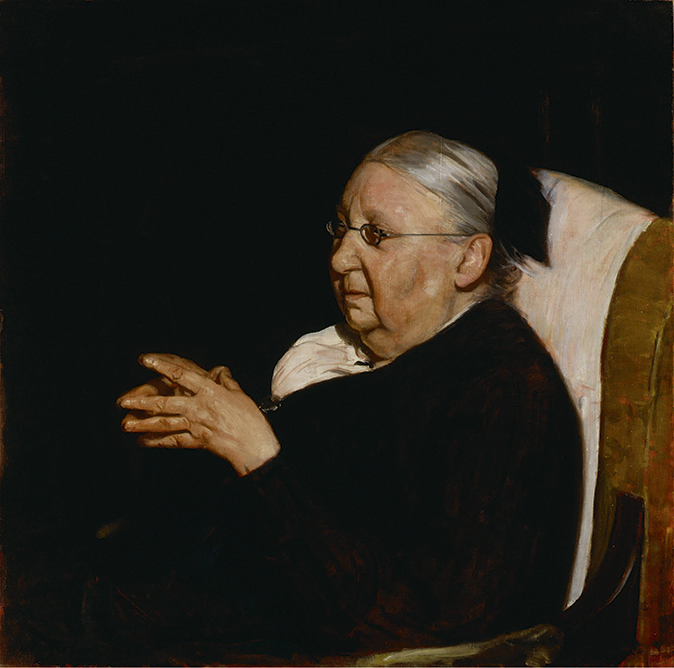
My favourite painting: Penelope Lively
'I love William Nicholson’s work. His still-lifes are incomparable.'
Country Life is unlike any other magazine: the only glossy weekly on the newsstand and the only magazine that has been guest-edited by HRH The King not once, but twice. It is a celebration of modern rural life and all its diverse joys and pleasures — that was first published in Queen Victoria's Diamond Jubilee year. Our eclectic mixture of witty and informative content — from the most up-to-date property news and commentary and a coveted glimpse inside some of the UK's best houses and gardens, to gardening, the arts and interior design, written by experts in their field — still cannot be found in print or online, anywhere else.
-
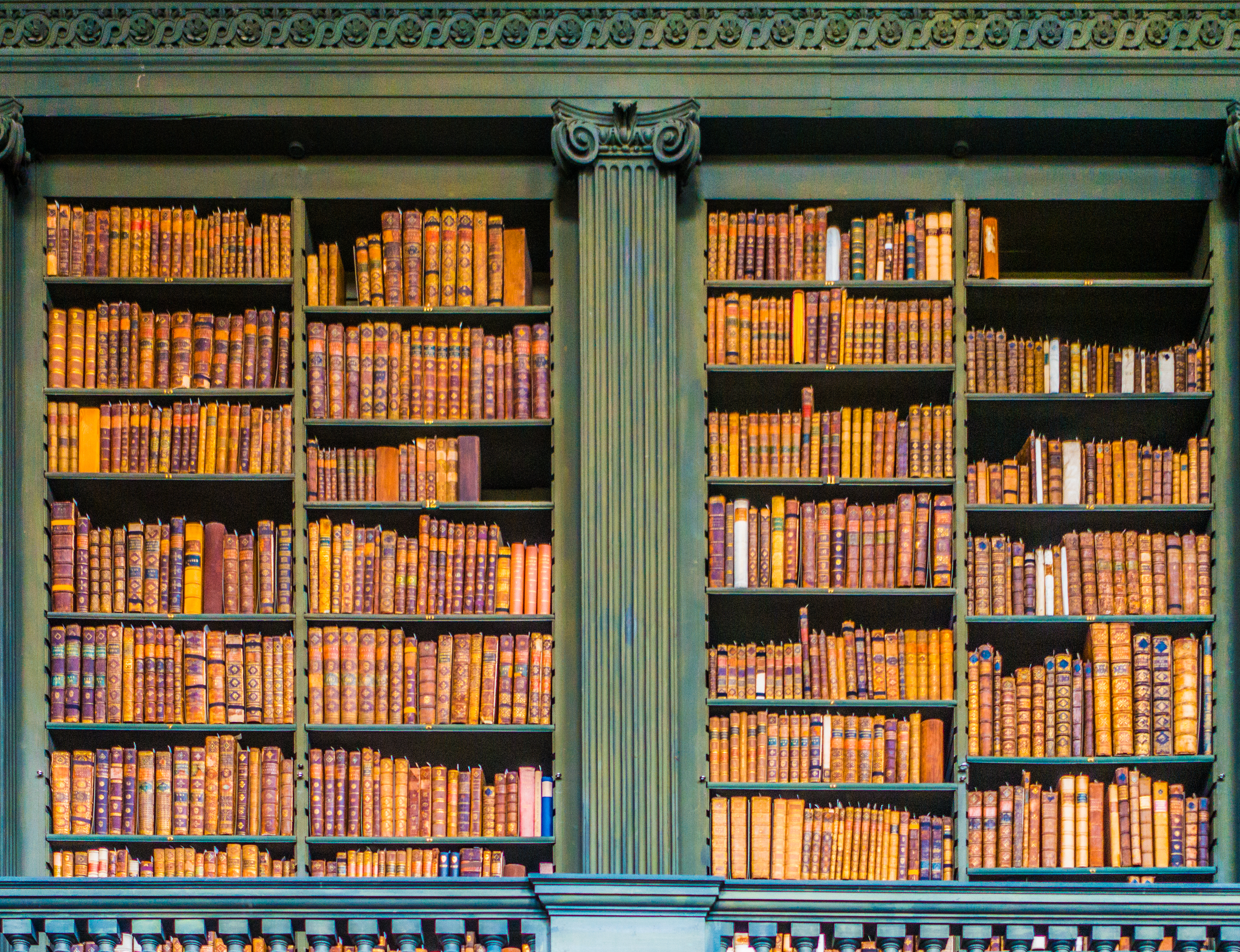 'To exist in this world relies on the hands of others': Roger Powell and modern British bookbinding
'To exist in this world relies on the hands of others': Roger Powell and modern British bookbindingAn exhibition on the legendary bookbinder Roger Powell reveals not only his great skill, but serves to reconnect us with the joy, power and importance of real craftsmanship.
By Hussein Kesvani
-
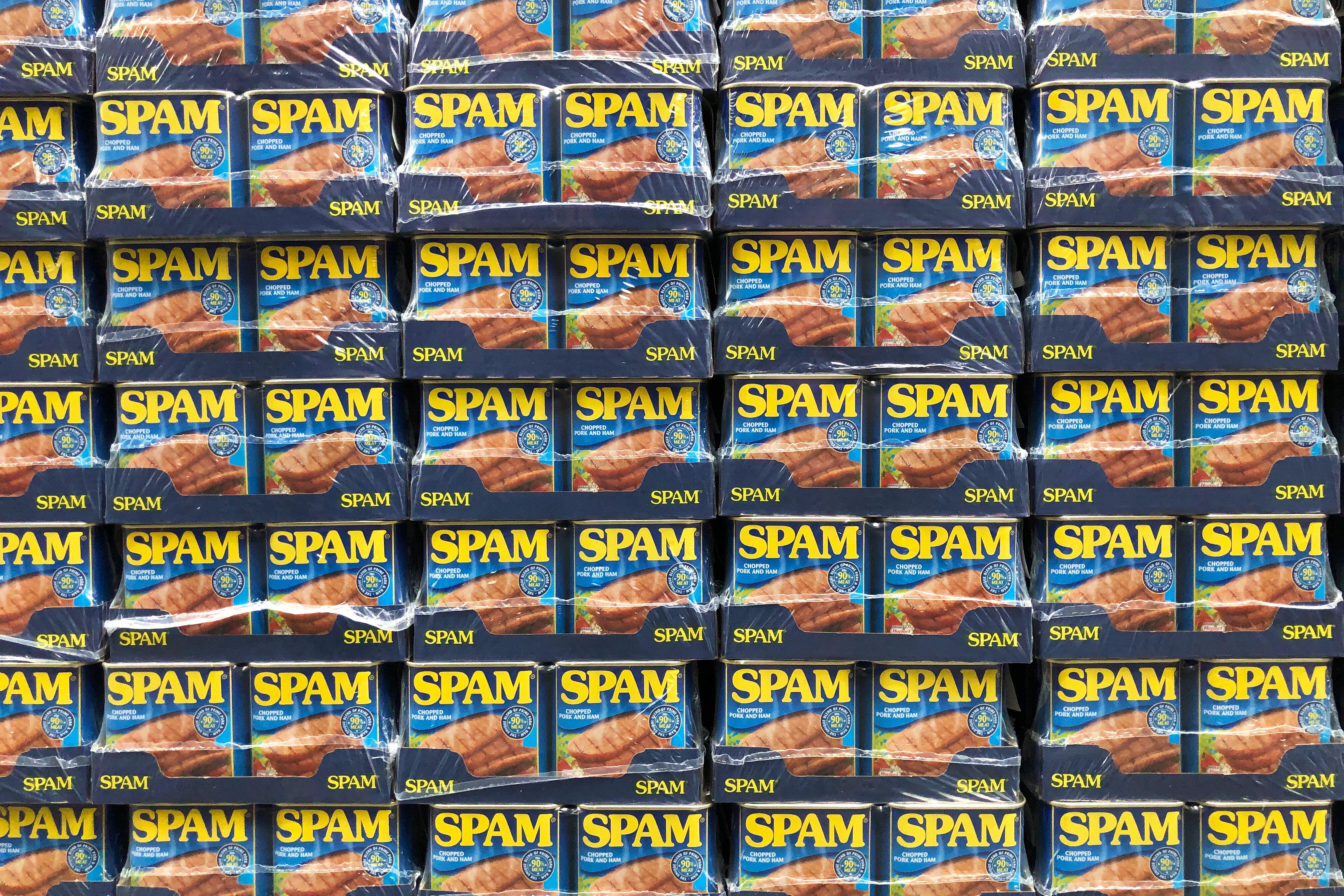 Spam: The tinned meaty treat that brought a taste of the ‘hot-dog life of Hollywood’ to war-weary Britain
Spam: The tinned meaty treat that brought a taste of the ‘hot-dog life of Hollywood’ to war-weary BritainCourtesy of our ‘special relationship’ with the US, Spam was a culinary phenomenon, says Mary Greene. So much so that in 1944, London’s Simpson’s, renowned for its roast beef, was offering creamed Spam casserole instead.
By Country Life
-
 'As a child I wanted to snuggle up with the dogs and be part of it': Alexia Robinson chooses her favourite painting
'As a child I wanted to snuggle up with the dogs and be part of it': Alexia Robinson chooses her favourite paintingAlexia Robinson, founder of Love British Food, chooses an Edwin Landseer classic.
By Charlotte Mullins
-
 The Pre-Raphaelite painter who swapped 'willowy, nubile women' for stained glass — and created some of the best examples in Britain
The Pre-Raphaelite painter who swapped 'willowy, nubile women' for stained glass — and created some of the best examples in BritainThe painter Edward Burne-Jones turned from paint to glass for much of his career. James Hughes, director of the Victorian Society, chooses a glass masterpiece by Burne-Jones as his favourite 'painting'.
By Charlotte Mullins
-
 'I can’t look away. I’m captivated': The painter who takes years over each portrait, with the only guarantee being that it won't look like the subject
'I can’t look away. I’m captivated': The painter who takes years over each portrait, with the only guarantee being that it won't look like the subjectFor Country Life's My Favourite Painting slot, the writer Emily Howes chooses a work by a daring and challenging artist: Frank Auerbach.
By Toby Keel
-
 My Favourite Painting: Rob Houchen
My Favourite Painting: Rob HouchenThe actor Rob Houchen chooses a bold and challenging Egon Schiele work.
By Charlotte Mullins
-
 My Favourite Painting: Jeremy Clarkson
My Favourite Painting: Jeremy Clarkson'That's why this is my favourite painting. Because it invites you to imagine'
By Charlotte Mullins
-
 The chair of the National Gallery names his favourite from among the 2,300 masterpieces — and it will come as a bit of a shock
The chair of the National Gallery names his favourite from among the 2,300 masterpieces — and it will come as a bit of a shockAs the National Gallery turns 200, the chair of its board of trustees, John Booth, chooses his favourite painting.
By Toby Keel
-
 'A wonderful reminder of what the countryside could and should be': The 200-year-old watercolour of a world fast disappearing
'A wonderful reminder of what the countryside could and should be': The 200-year-old watercolour of a world fast disappearingChristopher Price of the Rare Breed Survival Trust on the bucolic beauty of The Magic Apple Tree by Samuel Palmer, which he nominates as his favourite painting.
By Charlotte Mullins
-
 My favourite painting: Andrew Graham-Dixon
My favourite painting: Andrew Graham-Dixon'Lesson Number One: it’s the pictures that baffle and tantalise you that stay in the mind forever .'
By Country Life